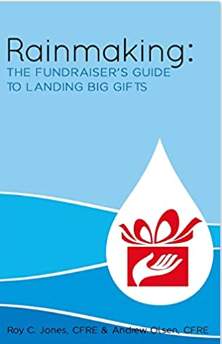Direct Response Major Giving…
 I met this week with two different not-for-profit organizations who were confused about their major gift fundraising strategy. They did not know the difference between “direct response major giving” (DRMG) and traditional major gifts programs. If you fail to realize the differences and which type of major gift program your organization has in place, it could translate into huge losses in revenue.
I met this week with two different not-for-profit organizations who were confused about their major gift fundraising strategy. They did not know the difference between “direct response major giving” (DRMG) and traditional major gifts programs. If you fail to realize the differences and which type of major gift program your organization has in place, it could translate into huge losses in revenue.
Traditional major gift programs focus almost exclusively on community relationships and networking with locally known philanthropists, business leaders, community foundations and family foundations. The vast majority of the 2 million non-profit organizations in the United States use this type of strategy for procuring major gifts. While first time gifts can be very large, it can easily take 24 to 36 months to see a major gift come to fruition.
Direct response major giving (DRMG) may look similar to traditional major gifts programs. Both strategies use face-to-face meetings and relationship building to cultivate a major gift, but there are stark differences.
DRMG reaches out to donors who are already on your direct response donor file. Big donors begin giving to your charity via the Internet, the phone or in the mail. Their first donation may have only been $25 to $100 but if you cultivate the relationship properly their giving can grow to $1,000, $10,000 and $100,000+.
I compare the DRMG process to “rungs on the ladder”. Once you identify an individual as a donor with capacity, moves management techniques are used to upgrade giving from the bottom rung of the ladder to the top. Donors are upgraded “one rung at a time” as needs are presented at that particular donation level. As donors climb the ladder by making 2 to 3 gifts each year at ascending levels they can be upgraded very quickly to a major donor status. Giving can be upgradedwithin just a few months of cultivation to the $1,000 and $5,000 levels. Then once they reach the $5,000 benchmark they can grow at much faster clips over the next year to $10,000, $25,000 and $50,000 levels.
While traditional major gift programs produce larger first time gifts by cold calling and networking, the trade off is TIME. It can take two or three years to get a major gift this way. Working with existing donors (DRMG) is a much quicker way to procure major gifts. Someone who has been writing you 2 or 3 checks a year for the last 4 or 5 years is much more likely to give you a 5-figure gift than someone who has never supported you before. It really is that simple.
Now for those that understand the differences between the two strategies, I am not saying you cannot do both. If your non-profit is big enough, you can certainly manage two different programs, but remember, they are two different techniques and must be measured seperately.
I work for a direct response fundraising company so my recommendations nearly always focused on harvesting major gifts from our clients’ donor files. I usually advise our clients to spend 80% of their time working on DRMG and only 20% of their time working on traditional major gift tactics. So out of 20 business days a month, never spend more than 4 of them on cold calling and networking. While it sounds obvious, you would be surprised how much time you can chew up cold calling, visiting business lobbies and attending local Rotary Club and Chamber of Commerce meetings. If you are not disciplined, you can go months or even years (if you are new to major gifts) without seeing a major gift.
Direct response major giving (DRMG) produces gifts and produces them quickly. Most charities do not have the time and resources to wait two or three years for a new major gift officer to produce a big gift, regardless of how much it is. Deploying DRMG techniques gets staff and board members producing major gifts much faster and at a much lower risk to the organization.
Of course, any time their are two different approaches, it can breed conflict if the organization does not have a clear process for managing both tracks.
I have seen some non-profits ban major gift officers from calling on people on the charity’s mailing list. If I had a nickle for every time I talked to a charity with a donor file lamenting their inability to find new potential major gift prospects when they are sitting on a donor file of 10,000 to 30,000 supporters. Even conservatively, organizations of this size will easily have 1,000 to 5,000 solid major donor prospects.
As I have audited charity fundraising programs I have been shocked to see the number of them that do not research their donor files and even go so far to prohibit major gift officers from soliciting direct mail donors for a major gift. (Yes, you read that correctly.) Not allowed. Banned from calling supporters for a potential major gift.
The problem usually stems from the structure of an organization and when responsibilities for fundraising are managed by two different departments. Annual Giving manages the organization’s direct mail program, special events, telemarketing, and online giving. They’re also responsible for managing the database of supporters. In most organizations, this department raises the lion’s share of the revenue for the organization.
Every non-profit or charity needs to understand what type of major gift strategy they are deploying, but most importantly, they need to make sure that every department, every employee, every supporter knows that the donor file is the best place to begin your research for a major gift.
DRMG is the quickest way to procure a major gift if you know how to identify wealth, research propensity of giving and analyze current giving to target your top prospects.
If you are interested in launching, refining and retooling your major gift program I hope you will reach out and give me a call. You can email me at rjones@fitfundraising.com or call me on my direct line at 434-258-4416.
Go, go, go,
Coach Ro Jo


Trackbacks/Pingbacks